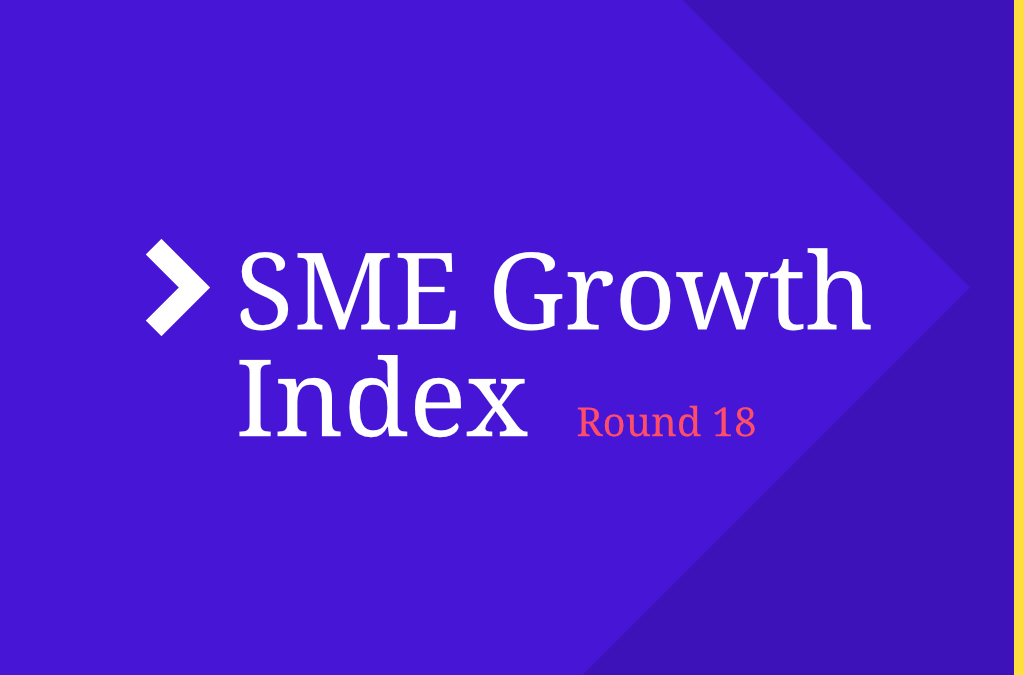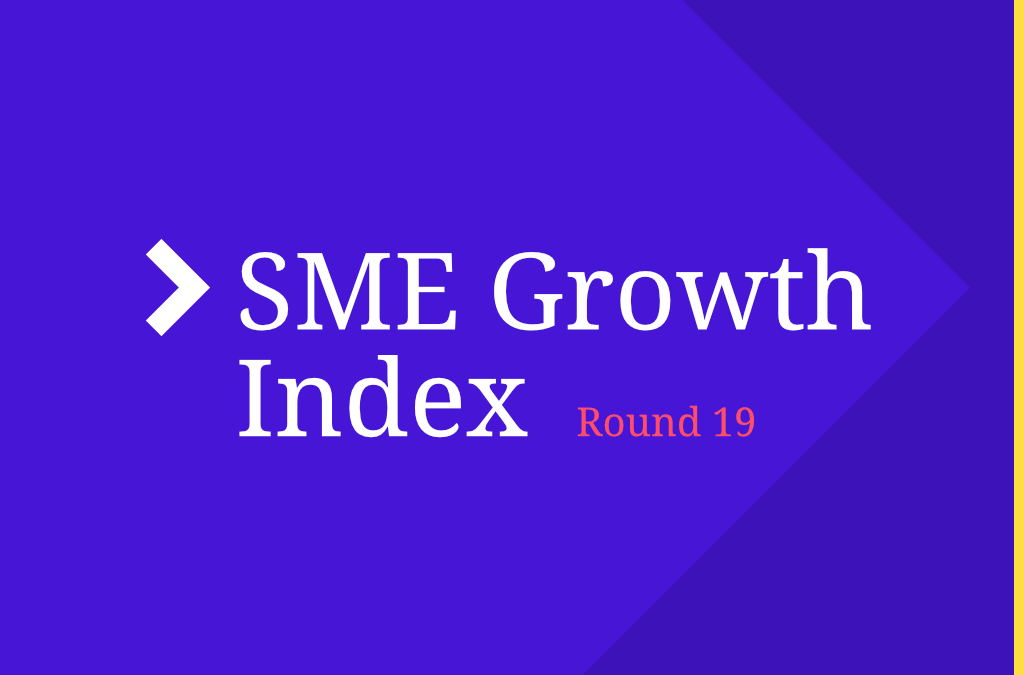The 18th edition of ScotPac’s bi-annual SME Growth Index report was recently released and we’ve collected what we think are the top 5 take-aways from the report.
1. Non-bank borrowing demand continues to surge
“The continued surge in non-bank lending is a clear sign that SMEs increasingly value the timely access to working capital that non-bank lenders like ScotPac can provide. It is also reflects a growing awareness of the alternatives non-bank lenders offer SME owners to drawing on equity to reinvest in their business.”
60% – Portion of SMEs planning to invest in their business in the next six months.
47% – Share of SMEs considering non-bank lending to support their investment plans; up 50% in 12 months.
2. Australian SME growth outlook hits seven year high in two-speed economy
“Most SMEs have forecast positive enterprise growth in the next 6 months, but a third predict falling revenue.”
“The six-month growth projection findings are a clear indicator of the two-speed economy that currently exists for Australian SMEs. Whatever their stage of growth, all SMEs are operating in an environment of rising costs and changing consumer behaviour, which often requires a change in approach.”
56% – SMEs forecasting positive enterprise revenue in the next six months by an average of 8%.
31% – SMEs predicting contracting revenue in the next six months by an average of -8.5%.
3. Wages and compliance growth top fastest rising business costs for SMEs
“Australian SMEs account for 98% of all businesses across Australia, so small business owners are bearing the brunt of rising cost pressures across our economy, particularly wages which have surged over the past 12 months. For many SME owners it is their first time running a business in a high inflation environment, and they are looking to State and the Federal Governments for support in the form of tax relief and red tape reduction to cut operating costs.”
61% – SMEs that listed wage growth as a leading business cost pressure (67% in NSW)
51% – More than half of SMEs surveyed rated transport & logistics a top three rising cost pressure.
4. Small SMEs three times more likely to use personal finance for business costs, but overall use of personal finance facilities has fallen sharply since 2016
“The recent reduction in SMEs relying on personal finance facilities to support business expenses is a good sign, but too many SME owners are still mixing their personal and business finances. Large SMEs have traditionally had better access to a range of debt funding sources and stronger internal governance processes around the use of personal finances. However, the perception that small SMEs would struggle to access to fresh finance or to refinance an existing facility is an outdated one.”
33% – Small SME owners who ‘occasionally’ use a personal finance facility like a credit card to support their business
47% – SMEs in 2023 that never use personal finance sources for business purposes, compared to just 12% in 2016
5. More SMEs look to local suppliers to boost supply chain resilience
“With global supply chain disruptions becoming the new norm for Australian SMEs in the past three years, the focus of business owners on inventory management has clearly sharpened. Shortening trade routes by sourcing new domestic suppliers and manufacturers makes good sense in an uncertain economic environment. It is a trend that can be expected to continue and provide a real shot in the arm for local suppliers, including thousands of SMEs, and transport and logistics businesses.”
28% – Australian SMEs that plan to add new domestic suppliers in preference to international suppliers
22% – SMEs switching from Just-In-Time to Just-In-Case inventory management
About the SME Growth Index report
The Round 18 research was conducted by East & Partners who interviewed 720 SME enterprises with annual revenues of A$1-20 million in February 2023.SMEs surveyed have operated continuously for 14.2 years and manage an average of 59 full time employees.
Sectors represented in the survey included Manufacturing (14%), Property & Business Services (14%), Retail (11%), Wholesale (11%), Personal / Other Services (10%), Construction (10%) and other industries including Transport & Storage, Mining, Agriculture, Media, Hospitality, Finance & Insurance (non-bank) and Electricity.
There is a lot more to glean from the report so download a copy of the SME Growth Index on the ScotPac Research page today.



